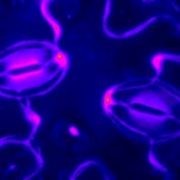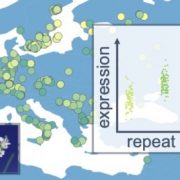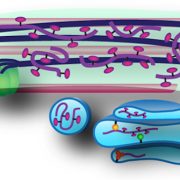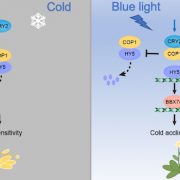The genetic basis of nitrogen responses in Arabidopsis thaliana
Ella Katz1 and Dan J. Kliebenstein1,2.
1Department of Plant Sciences, University of California Davis, Davis, CA, USA
2DynaMo Center of Excellence, University of Copenhagen, Denmark
Background: Nitrogen is an essential element for plant growth and development. Nitrogen availability and form affects plant productivity and fitness, especially in changing environments. Plant roots absorb nitrogen from the soil in different forms. Each plant has an ideal nitrogen source and concentration that depends on the plant species, genotype, developmental stage, and the surrounding environment. Shifts in the ideal nitrogen condition will be quickly reflected in root development but will also affect multiple other processes in the plant, including nutrient uptake, cell metabolic homeostasis, signaling and hormone pathways, defense responses, and responses to elevated CO2.
Question: We wanted to understand how plant genetic variation shapes the responses to different nitrogen conditions, and identify the mechanisms involved in those responses. More specifically, we wanted to understand if different environments and different sets of traits identify similar or disparate mechanisms/genetic variation.
Findings: To answer this question, we grew a large collection of Arabidopsis thaliana natural genotypes on two nitrogen sources, and measured a set of developmental traits, and a set of defense metabolite traits. We identified a wide array of different nitrogen responses that are controlled by variation in a large number of genes. Different combinations of these small-effect genes appear to be responsible for the observed responses. A small portion of these genes are shared between nitrogen conditions or traits (developmental versus metabolite traits), while most of the detected genes are specific to a developmental or defense trait under each unique nitrogen condition.
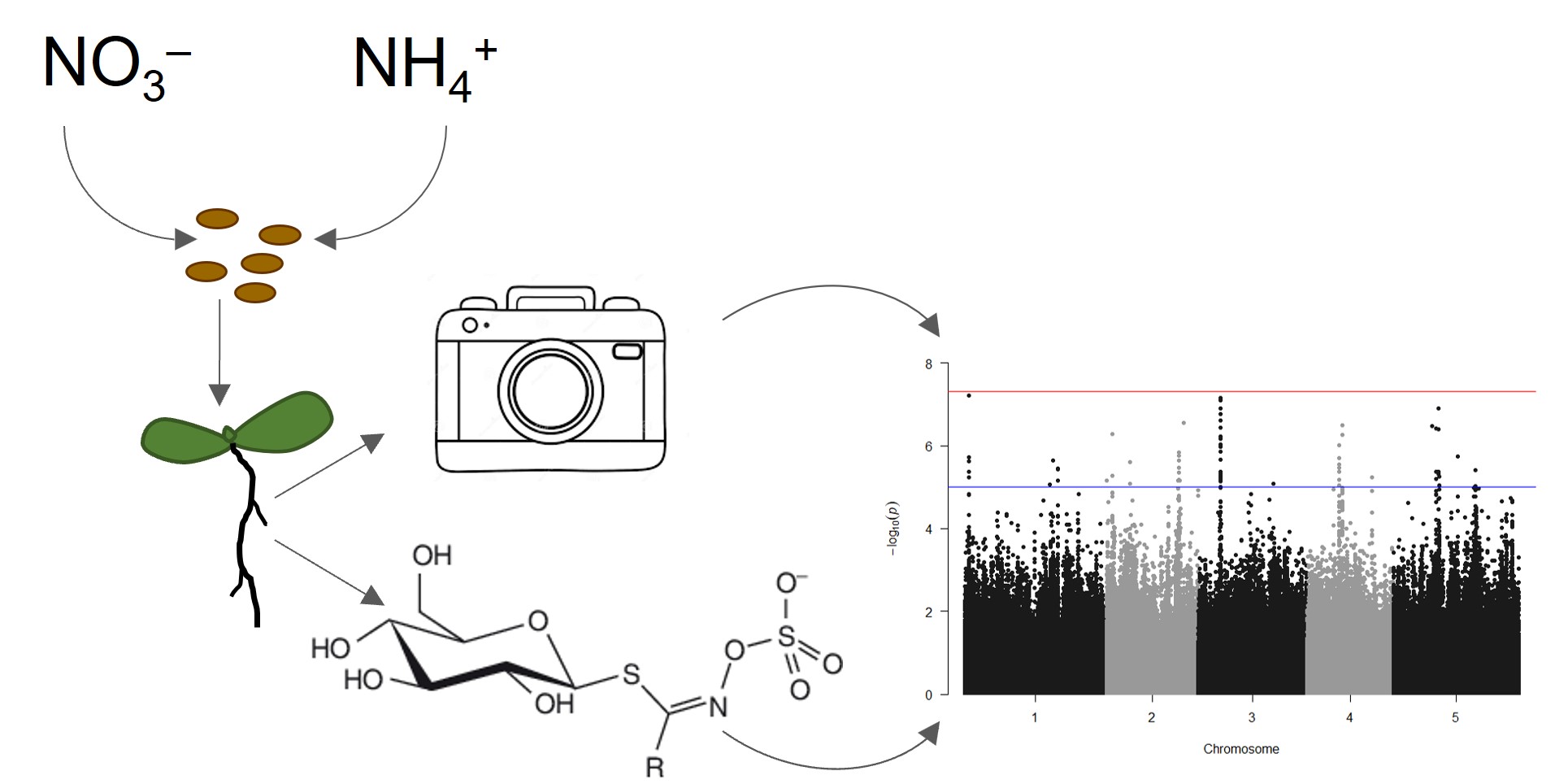
Next steps: Our results, specifically the list of genes that we created, will facilitate engineering or breeding plants that use nitrogen more efficiently under different environmental conditions. Future validation of the detected genes will take our results to the next step.
Reference:
Ella Katz, Anna Knapp, Mariele Lensink, Caroline Kaley Keller, Jordan Stefani, Jia-Jie Li, Emily Shane, Kaelyn Tuermer-Lee, Arnold J. Bloom, Daniel J. Kliebenstein (2022) Genetic variation underlying differential ammonium and nitrate responses in Arabidopsis. https://doi.org/10.1093/plcell/koac279


